IONA NATIONAL PARK
Iona Highlights
The largest national park in Angola, the Iona National Park is situated in the most southwesterly point of the country. It covers an expansive area of over 15,000 square kilometers. Although the national parks were hit hard by illegal animal poaching during the civil war, efforts to replace and restore the wildlife in the park are underway.
Iona National Park is one of the largest parks in Angola, and the 17th park to fall under the management of African Parks
The Atlantic desert coast offers a unique product, providing high potential to develop the park for tourism and reintroduction of key species, both of which could hugely benefit the local economy and people.
This special ecosystem has created a zone of high endemism with many species of reptiles, plants, and birds occurring only in this ecoregion.
The introduction of this park brings two new biomes to African Parks’ portfolio – the Namib Desert and the Kalahari Highveld – and the possible expansion into the marine reserve could also provide another marine environment for African Parks to manage – one that is vastly different from Bazaruto.
The relatively low numbers of people and livestock, in addition to local institutional support, gives us confidence that we can obtain local buy-in for sustainable management practices to ensure the survival of this fragile landscape.
Site description
This is the largest National Park in Angola and is situated in the south-western corner of Namibe, between the Curoca and Cunene rivers.
The altitude ranges from sea-level to about 800 m at Posto do Iona and higher in the Tchamalinde Mountains, and there is a gradient in rainfall, from about 100 mm at the coast to 300 mm or more on the eastern boundary of the park. The protected area includes the mouth of the Cunene river, the extensive sand-spit and bay of the Baia dos Tigres and about 200 km of Atlantic coastline. Of particular importance is that the park is contiguous with the Skeleton Coast Park in Namibia, which is itself contiguous with the Namib-Naukluft National Park so that all three protected areas form a continuous block covering some 1,200 km of Namib Desert coastline and adjacent dunes.
There are a variety of desert and semi-desert ecosystems in Iona National Park, including mobile dunes along the coast, calcrete plains,desert grasslands of perennial Aristida and Stipagrostis, arid montane shrubland and open woodland and arid savanna. Welwitschia mirabilis is common on gravelly substrates (Huntley 1974b). As a result of the rainfall gradient, the perennial grasslands in the park lead into Acacia–Commiphora semi-arid savanna and, further east, to mopane (Colophospermum mopane) woodland.
Key biodiversity
See Box and Tables 2 and 3 for key species. Only 114 species have been recorded for the area, but the avifauna is likely to be far richer than this, with all the typical Namib Desert avifauna present. The site is important for species restricted to the Namib–Karoo and Kalahari–Highveld biomes. Among species of global conservation concern, Namibornis herero and Estrilda thomensis are frequently encountered residents, while Spheniscus demersus, Morus capensis and Sterna balaenarum are frequent to common non-breeding visitors along the coast.
Observations of an adult S. balaenarum feeding young, and adults carrying fish at the mouth of the Cunene river in December (Simmons and Braine 1994), as well as specimens of S. balaenarum in breeding plumage (but with small gonads) at the same locality in November (Pinto 1973b), all support the suggestion by Brooke (1981) that this tern may breed in dunes along the coast of extreme south-west Namibe (i.e. at this site). The coastal parts of the park are an important part of the non-breeding range of Sterna maxima albididorsalis.
Source: BirdLife International
Find Your Tour
choose destination
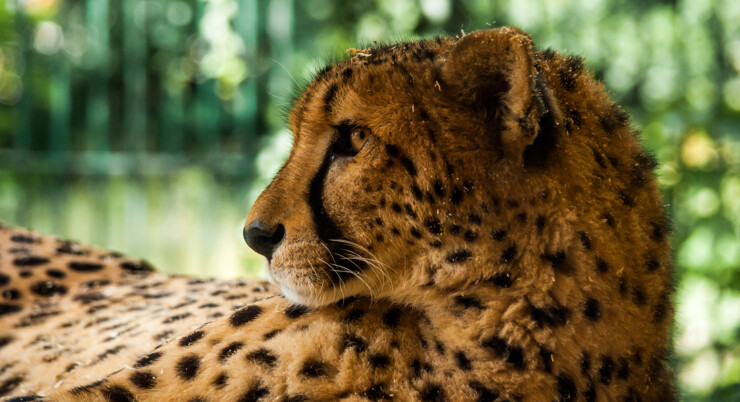
The largest national park in Angola, the Iona National Park is situated in the most southwesterly point of the country. It covers an expansive area of over 15,000 square kilometers. Although the national parks were hit hard by illegal animal poaching during the civil war, efforts to replace and restore the wildlife in the park are underway.
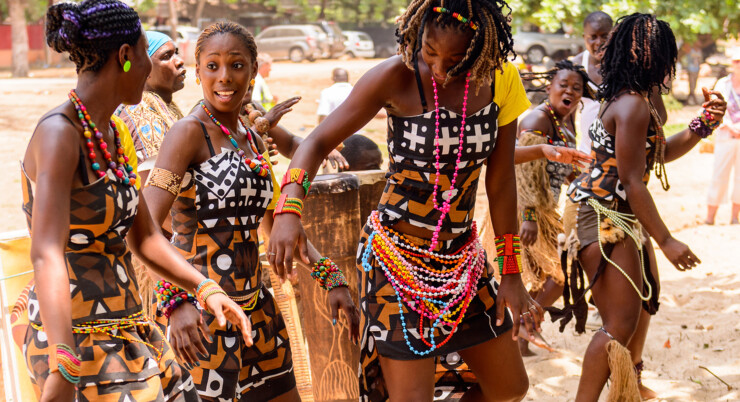
The country of Angola needs at least a few months to get around and see everything and get to actually experience the diversity that it offers, but 12 days in Angola would be a great introductory trip to get a gist of the country.

Demand for business travel to Luanda is growing that’s why we prepare a special Business package for you wich includes: airpot pickup, accommodation, translator and safety during your stay.
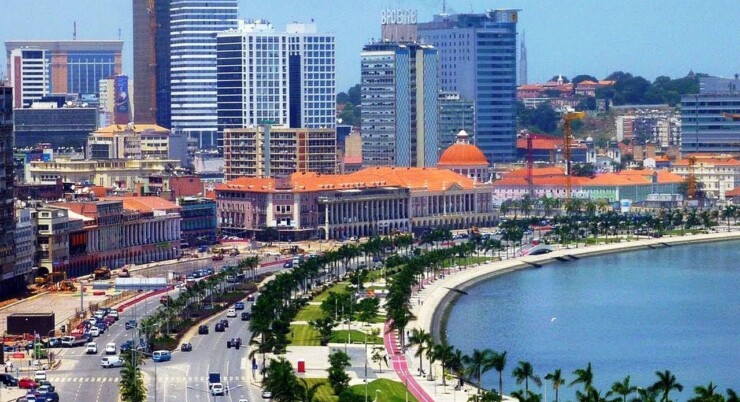
Site of its primary port and the largest airport for a country on Africa’s southwestern coast, Luanda serves as the capital city for the Republic of Angola.
Nicknames for Luanda include the “New El Dorado” and “Paris of Africa”.
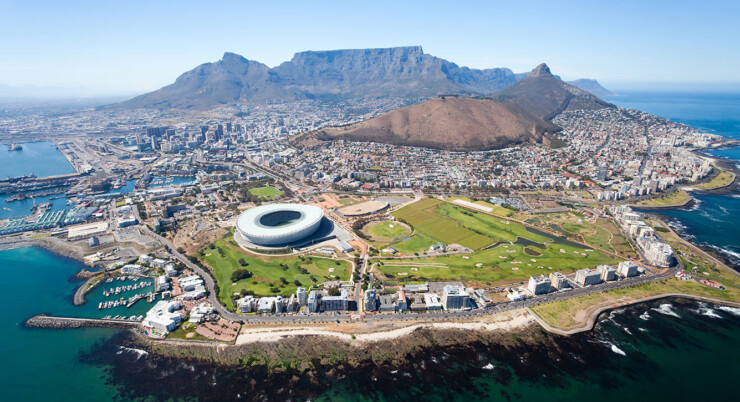
Considering this trip you will have an incredible opportunity to see two different faces of Sub-Saharian Africa. Angola, huge and beautiful country among virgins landscapes and rising democracy. The Republic of South Africa, the richest country in Africa with two major cities Johannesburg and Cape Town.

Kalandula Falls are still a haven of tranquility here you can experience the real Africa the Kalandula Falls lie in the course of the Lucala River they are among the most impressive natural wonders of Angola and are the second highest in Africa with a drop of 105 m.
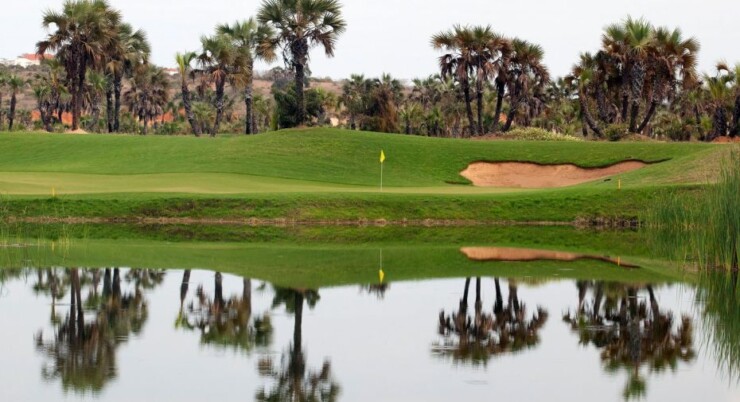
One of the most popular tourist destinations in Africa, Tanzania is well-established as one of the best wildlife-viewing destinations in the world.
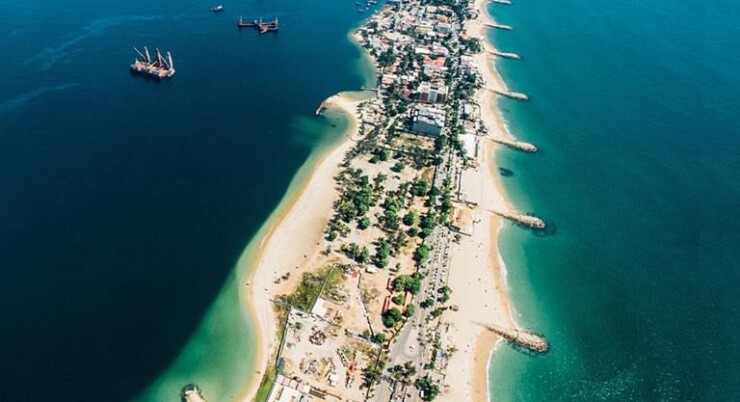
Morocco has variety and an exotic feel that has fascinated travellers since long before the modern traveller arrived. Morocco’s Amazing Diversity.
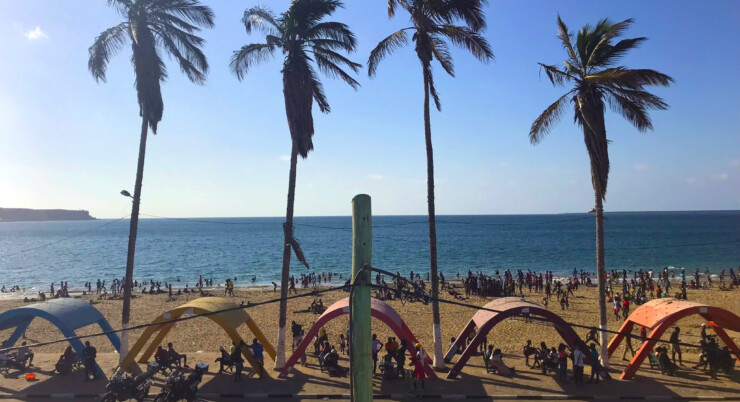
Compact and diverse, Ecuador is like a tasting menu for South America. There are Andean mountains, complete with glacial volcanoes.






